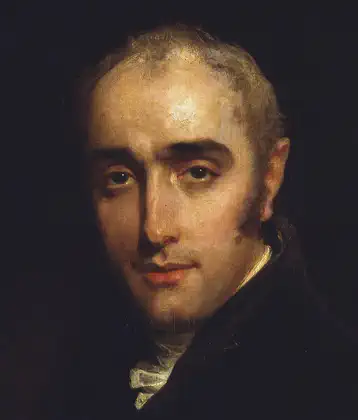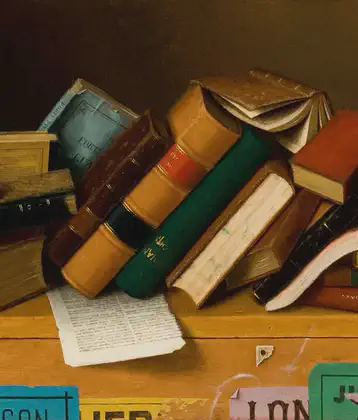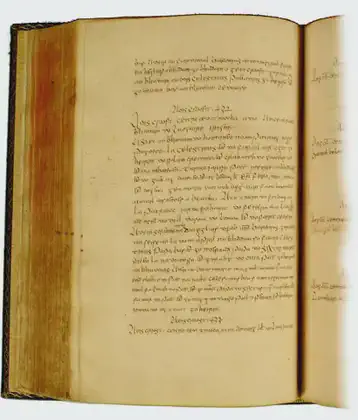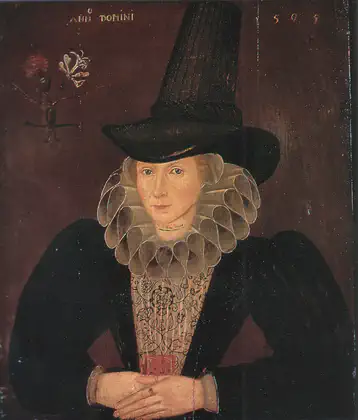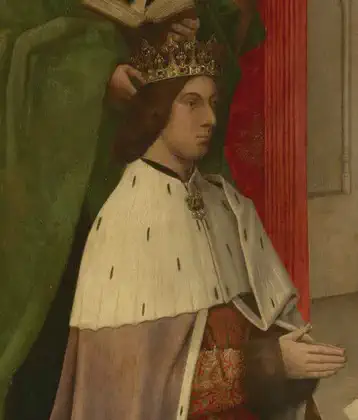On August 10, 1854 in Celtic History
A statutory provision is made for the establishment of a national gallery of paintings, sculpture and fine arts in ireland
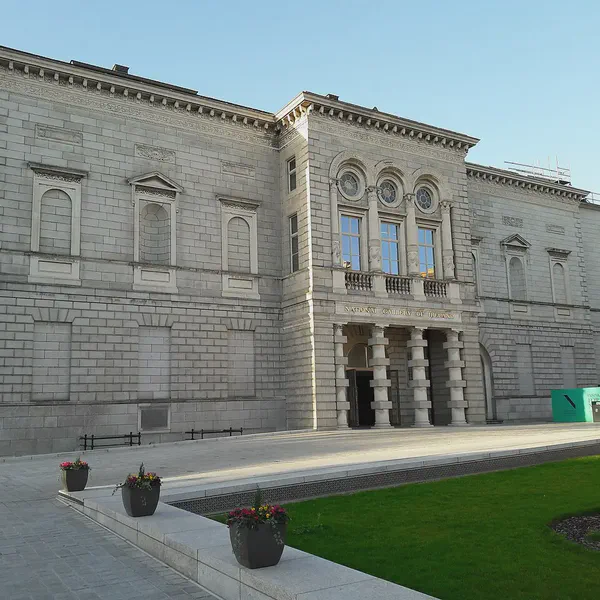
The statutory provision for the establishment of a national gallery of paintings, sculpture, and fine arts in Ireland was made in 1854, leading to the creation of the National Gallery of Ireland in Dublin. This institution was founded to house and display a collection of art for the public and to promote the appreciation of fine arts in Ireland.
Background
19th Century Cultural Development: During the 19th century, there was a growing interest across Europe in establishing national museums and galleries to preserve and display art and cultural artifacts. Ireland, under British rule at the time, sought to establish its own national institution to reflect its cultural identity and heritage.
Legislative Provision: The provision for establishing the National Gallery of Ireland was made by an Act of Parliament in 1854, which allocated funds for the construction of a gallery in Dublin and the acquisition of art collections. This legislative act was part of a broader effort to enhance public education and cultural awareness in Ireland.
Establishment of the National Gallery of Ireland
Opening: The National Gallery of Ireland officially opened its doors to the public on January 30, 1864. The building was located on Merrion Square, Dublin, adjacent to Leinster House, the current seat of the Irish Parliament. The gallery was designed by Francis Fowke, an architect who also worked on the Victoria and Albert Museum in London.
Initial Collection: The initial collection of the National Gallery was relatively modest, consisting of a few donated works and pieces purchased by the government. However, over time, the collection expanded significantly through acquisitions, donations, and bequests, allowing the gallery to develop into a major cultural institution.
Impact and Legacy
Cultural Significance: The establishment of the National Gallery of Ireland was a significant cultural milestone, providing the Irish public with access to fine art and promoting the appreciation of painting, sculpture, and other artistic forms. The gallery played an important role in the cultural life of Ireland, becoming a center for art education and public engagement.
Collection and Exhibitions: Today, the National Gallery of Ireland holds an extensive collection of over 16,000 works, including masterpieces by Irish and international artists such as Caravaggio, Vermeer, Jack B. Yeats, and John Lavery. The gallery’s exhibitions and educational programs continue to attract visitors and art lovers from around the world.
Ongoing Development: The National Gallery has undergone several expansions and renovations since its founding, reflecting its growth as an institution and its importance in preserving and showcasing Ireland’s artistic heritage. It remains a vital part of Ireland’s cultural landscape, contributing to the country’s artistic legacy and identity.
The statutory provision for the National Gallery of Ireland laid the foundation for an institution that has become central to Ireland’s cultural and artistic heritage. The gallery continues to serve as a space for the public to engage with art and as a symbol of the nation’s commitment to preserving and celebrating its cultural achievements.
More From This Day

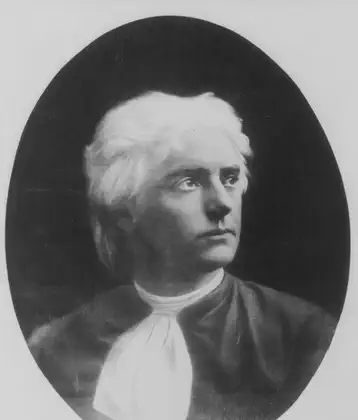
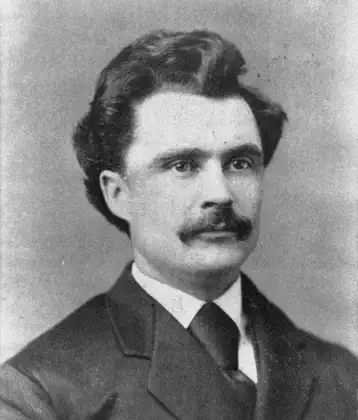
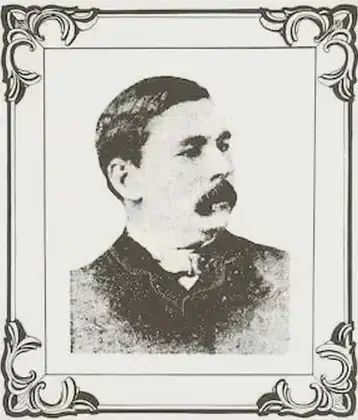
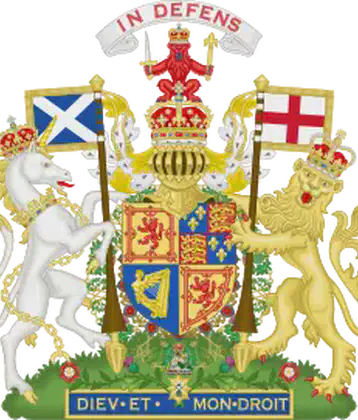
Education (Scotland) Act passed, providing elementary education for all children.
August 10, 1872
